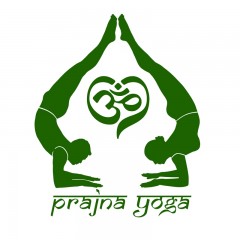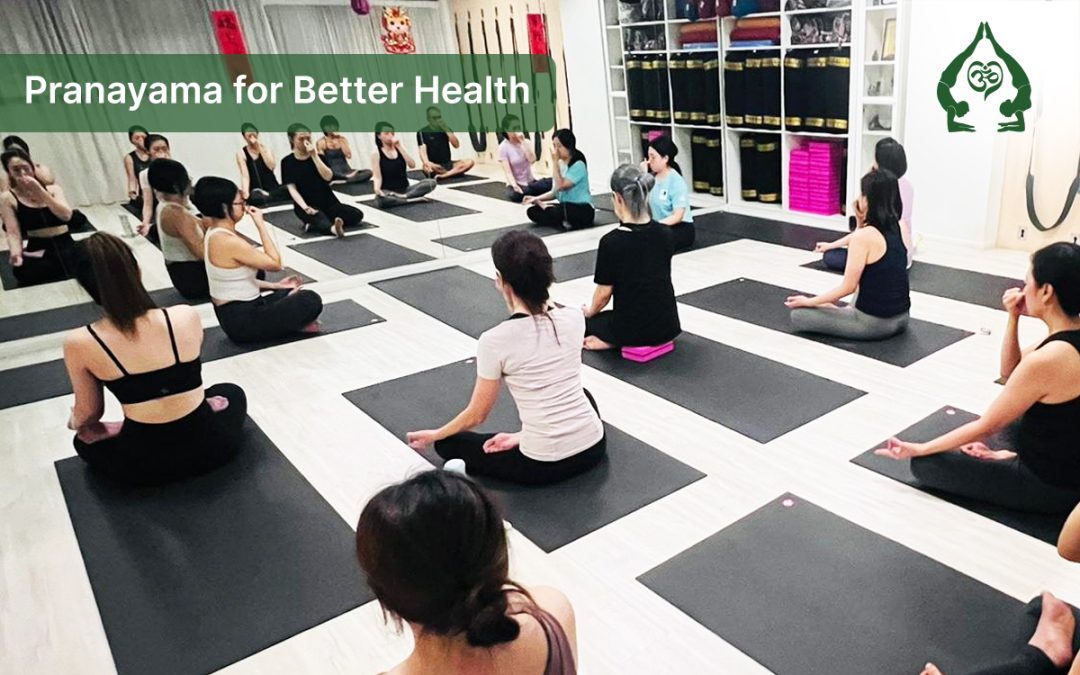Breath is the foundation of our existence. Every breath we take sustains us, nourishing our body and mind with life-giving oxygen. We take shallow, quick breaths without realizing that we’re depriving ourselves of the full benefits of this simple act.
In the world of yoga, the practice of pranayama, or breath control, is considered one of the most important aspects of the practice. Pranayama involves controlling the breath to achieve various physical and mental benefits.
Types of Pranayama
Here are some of the most popular pranayama techniques that you can incorporate into your yoga practice:
Nadi Shodhana (Alternate Nostril Breathing) – This technique involves inhaling and exhaling through alternate nostrils to balance the energy channels in the body.
Ujjayi (Victorious Breath) – This technique involves breathing through the nose with a slight constriction in the back of the throat. It helps to increase oxygenation in the body and calm the mind.
Kapalbhati (Skull Shining Breath) – This technique involves exhaling forcefully through the nose while pulling the belly in. It helps to improve digestion, increase energy levels, and remove toxins from the body.
Bhastrika (Bellows Breath) – This technique involves inhaling and exhaling forcefully through the nose while pumping the belly in and out.
Benefits of Pranayama
Pranayama has numerous physical and mental benefits. Here are some of the most significant benefits of pranayama:
Reduces stress and anxiety – By controlling the breath, pranayama helps to calm the mind and reduce stress and anxiety.
Improves lung function – Pranayama helps to increase oxygenation in the body, improving lung function and overall health.
Boosts immunity – By improving lung function and reducing stress, pranayama helps to boost the immune system.
Increases energy levels – Certain pranayama techniques, such as Kapalbhati and Bhastrika, can increase energy levels and improve overall vitality.
Incorporating Pranayama into Your Practice
If you’re new to pranayama, start with a simple technique like Nadi Shodhana and gradually work your way up to more advanced techniques. It’s best to practice pranayama under the guidance of a qualified yoga teacher to ensure that you’re doing the techniques correctly.
Making pranayama into your yoga practice can help to deepen your practice and improve your health and well-being. By taking control of your breath, you can find greater peace, balance, and vitality in your life.

